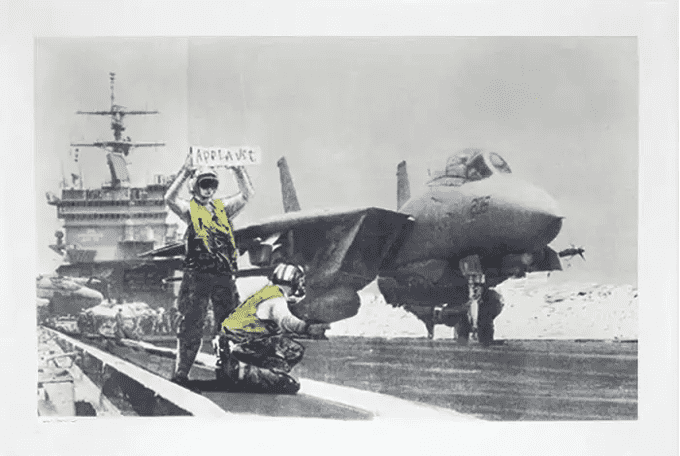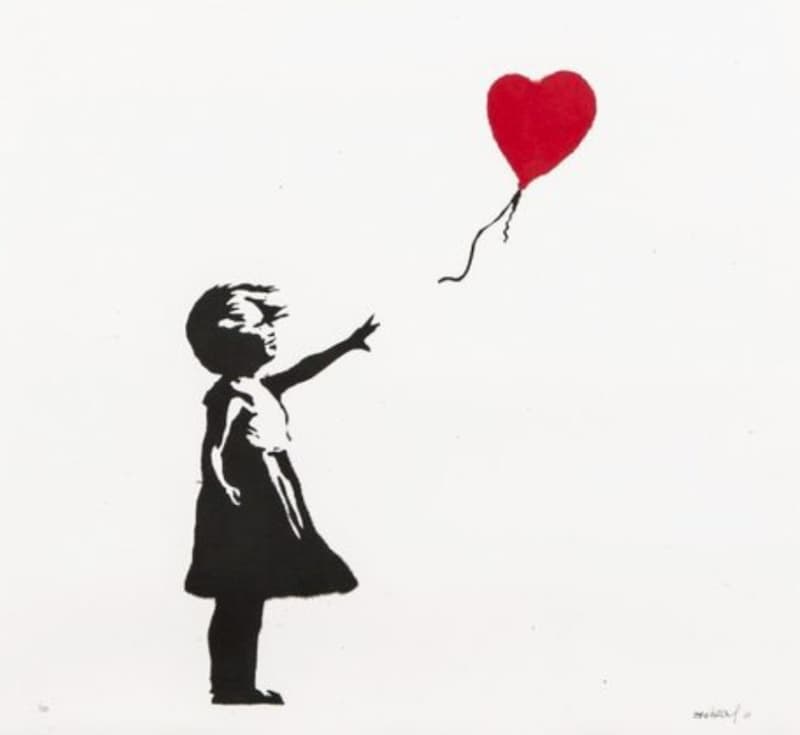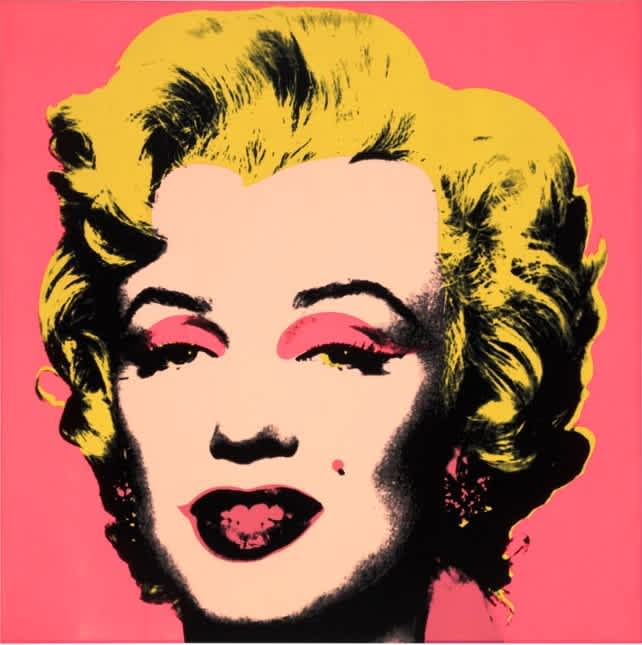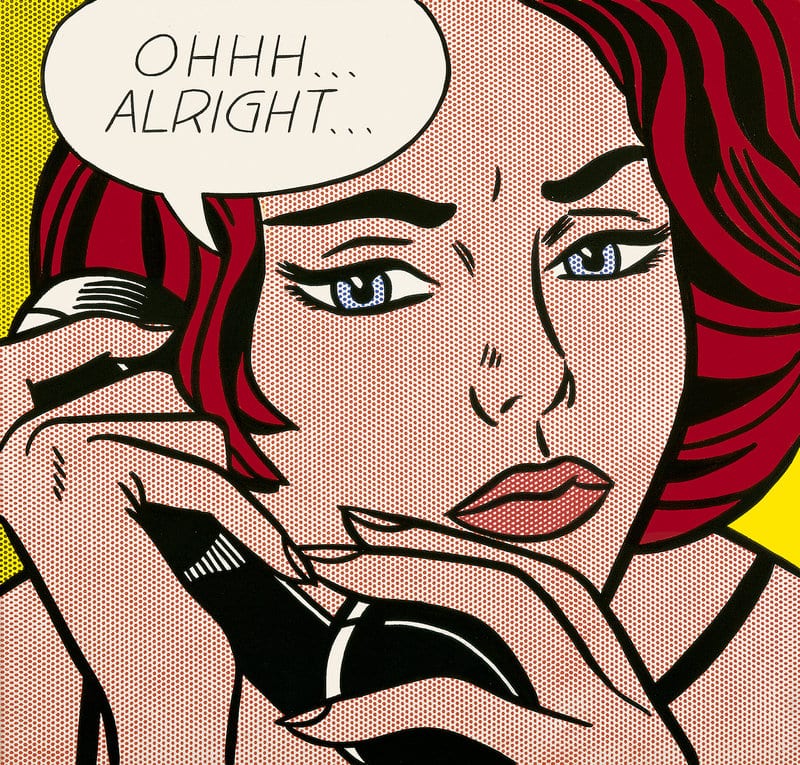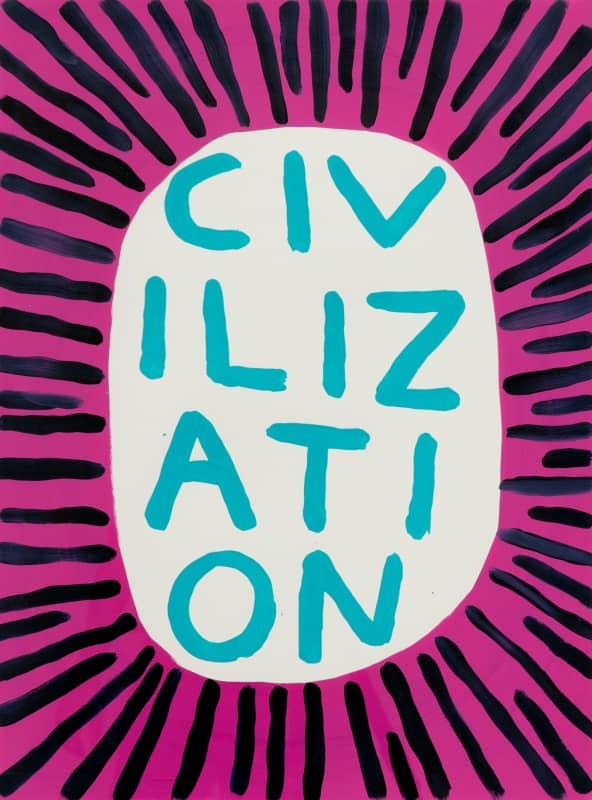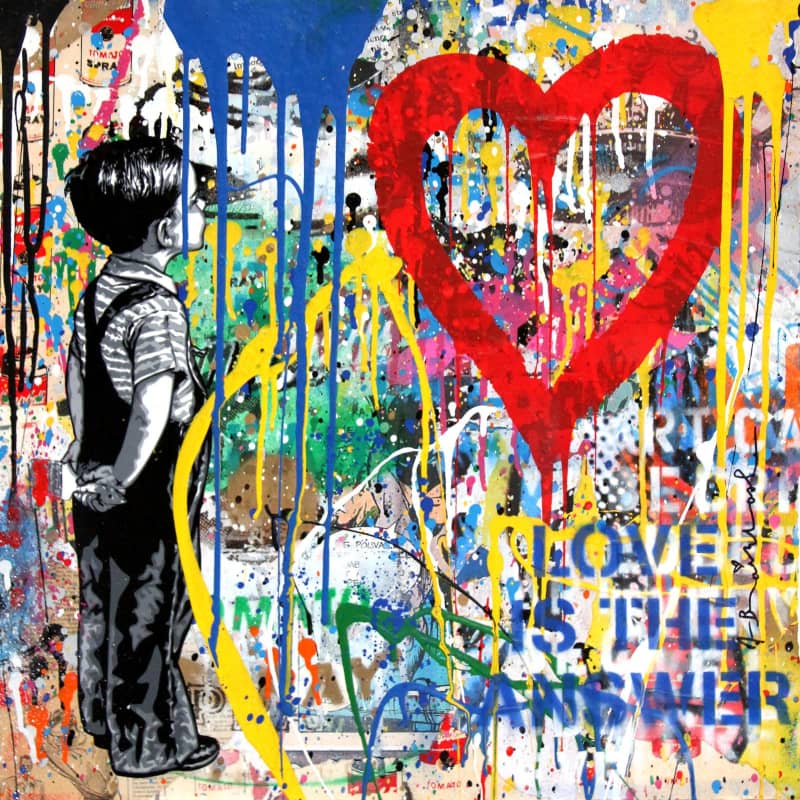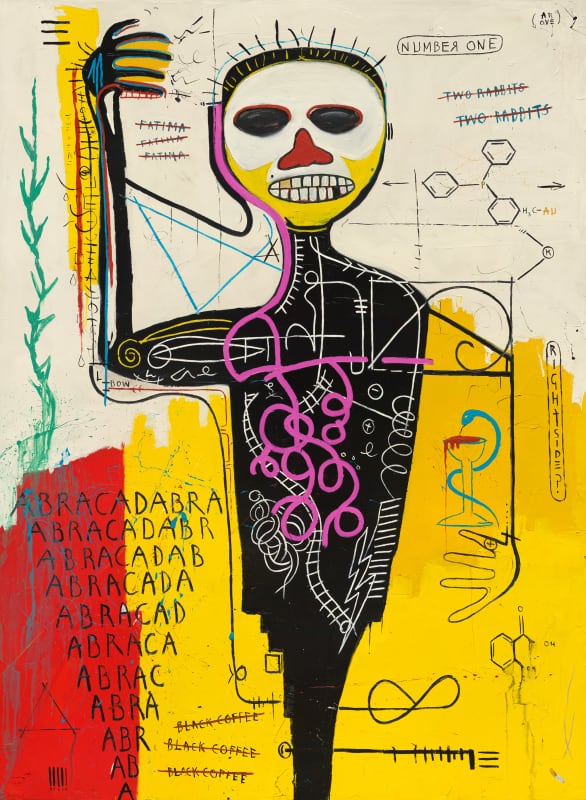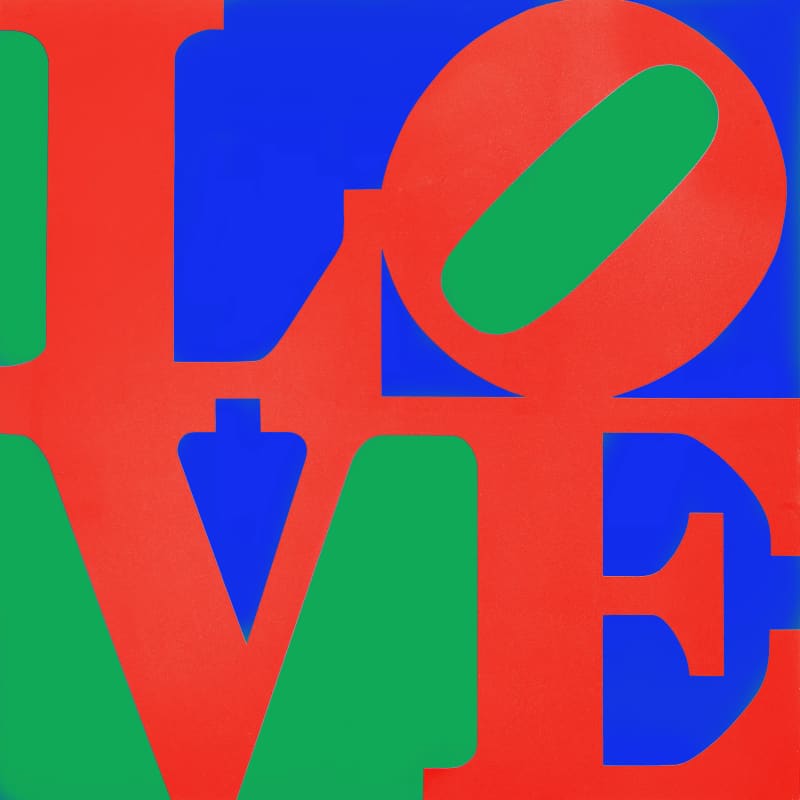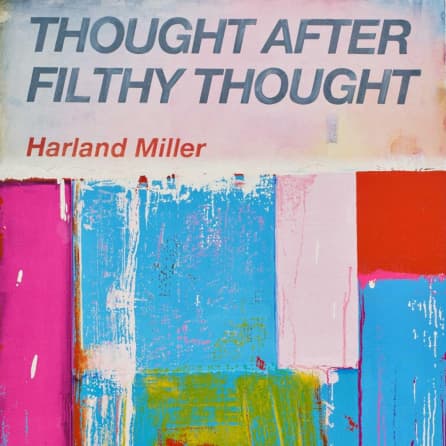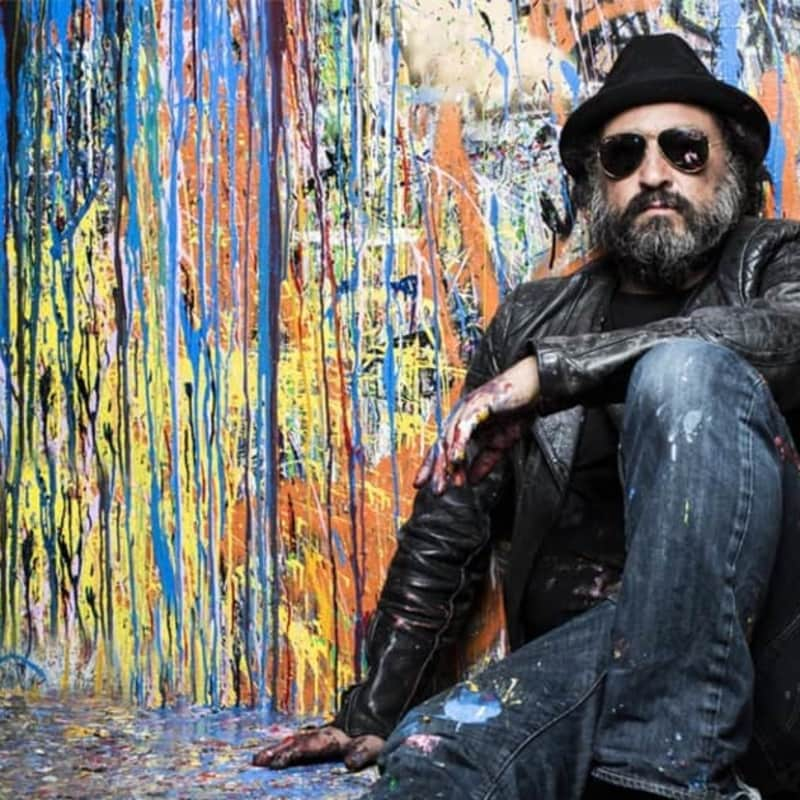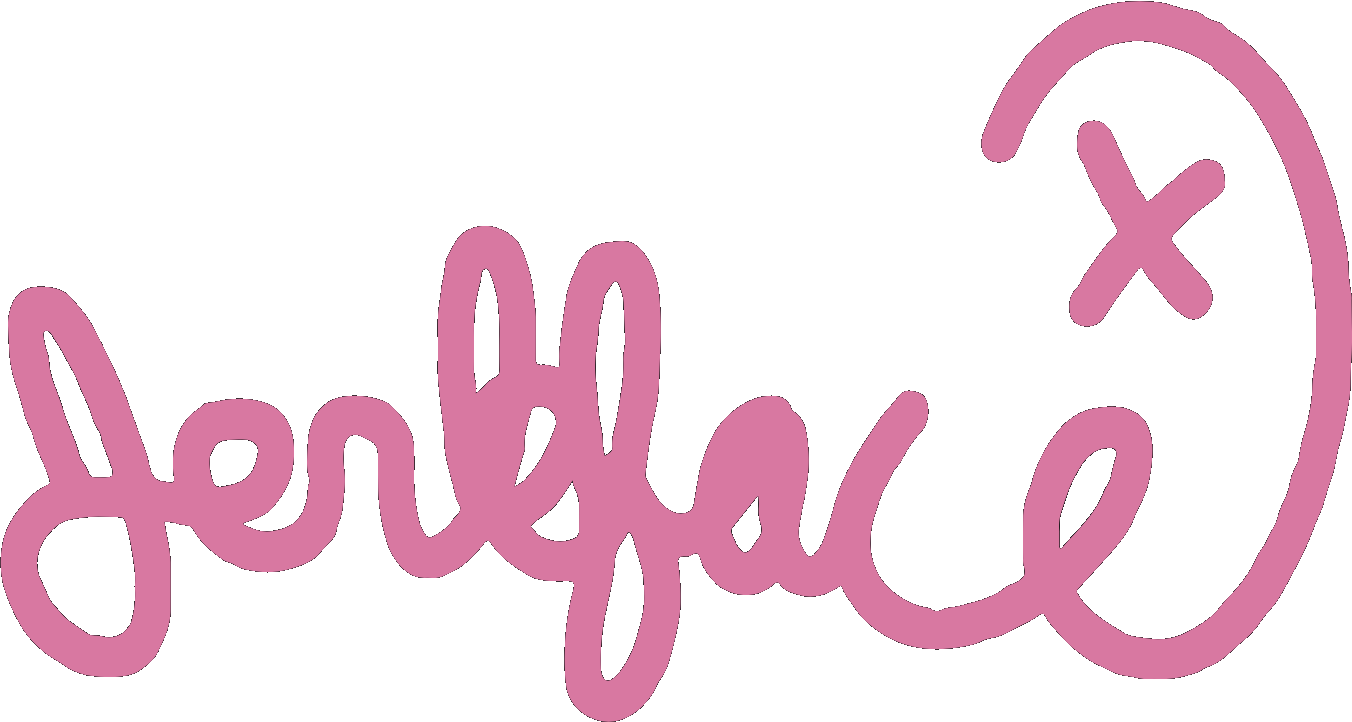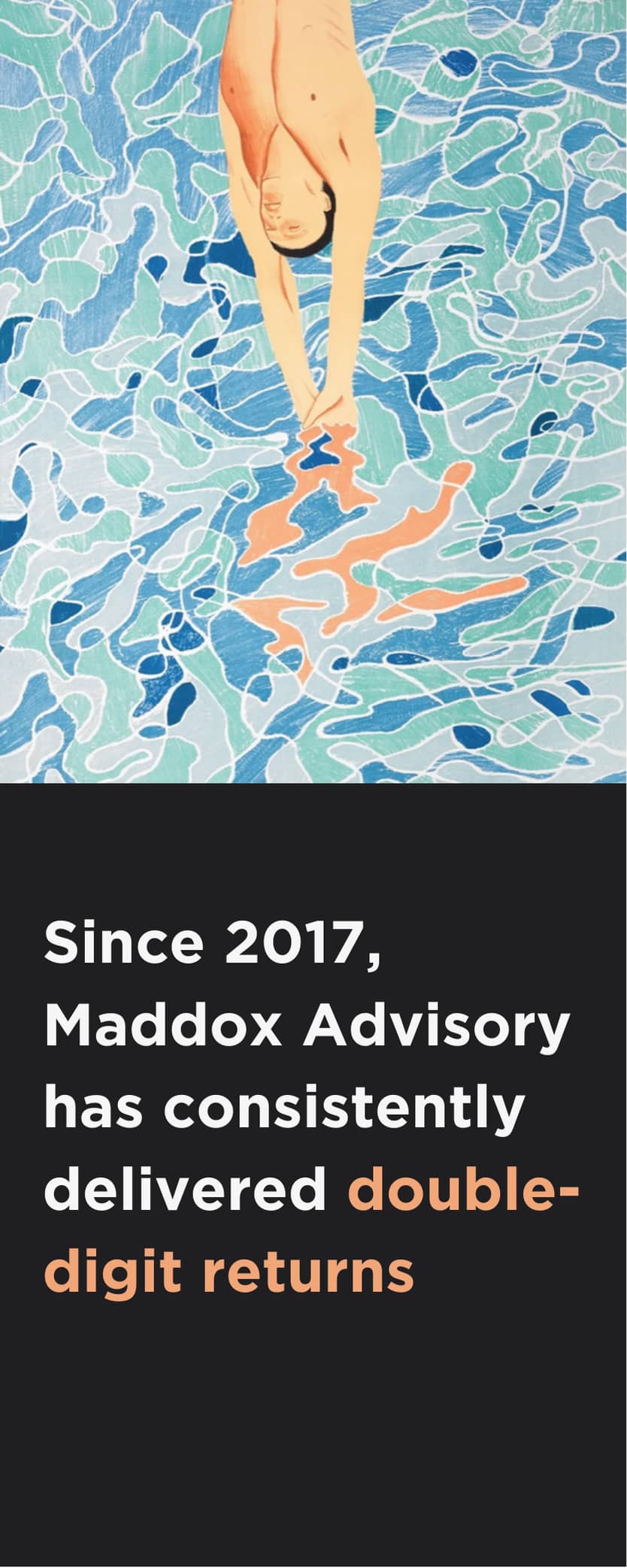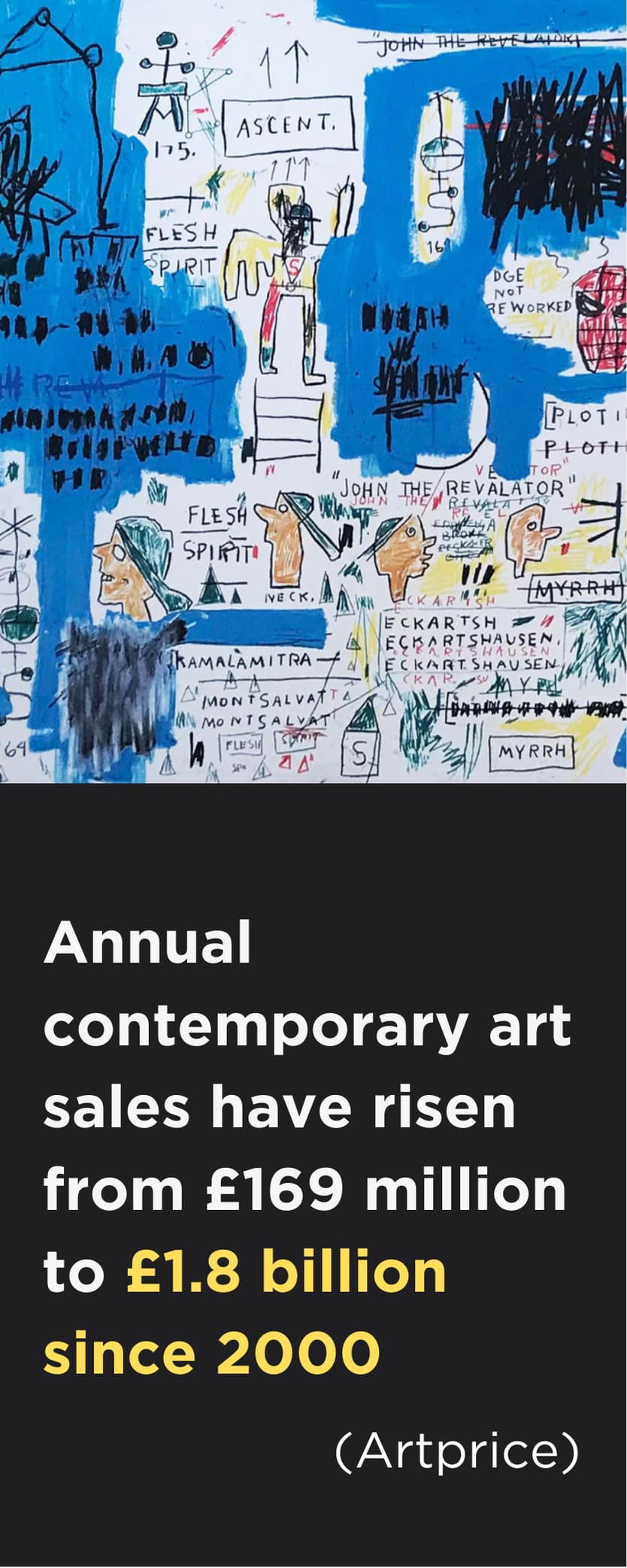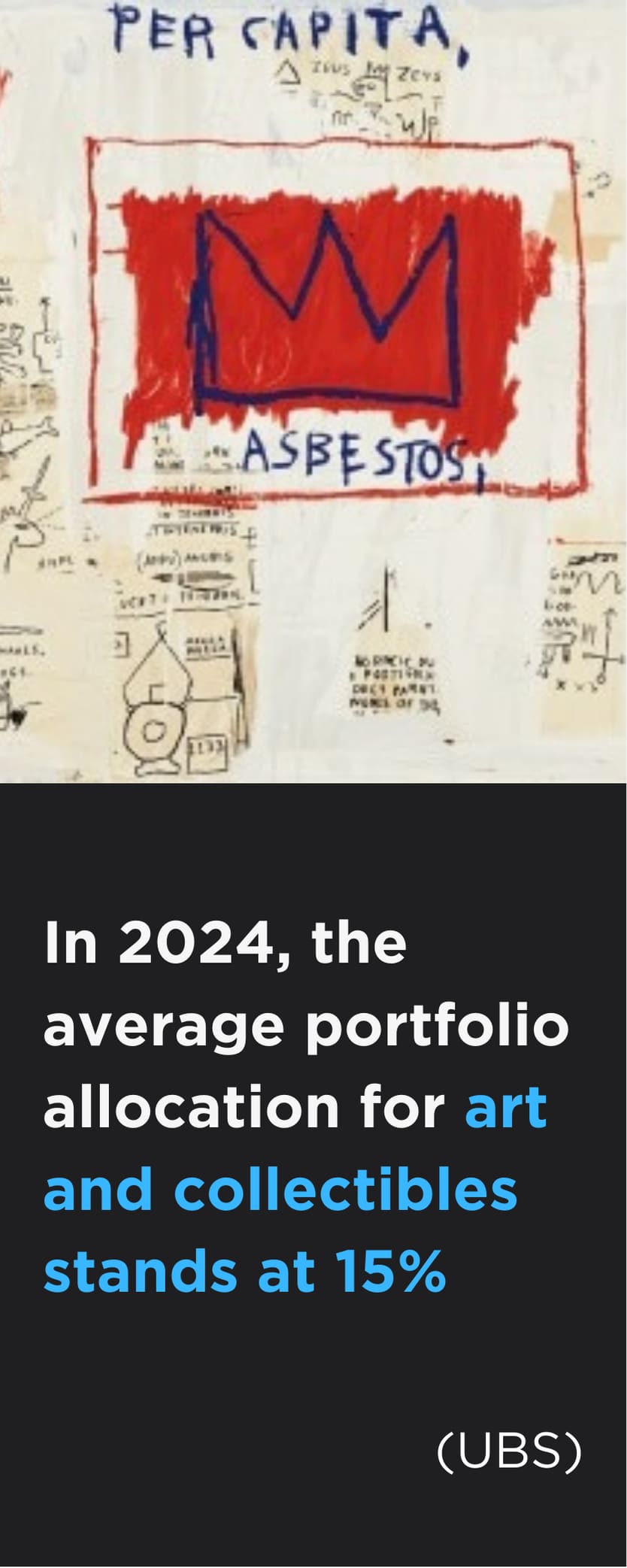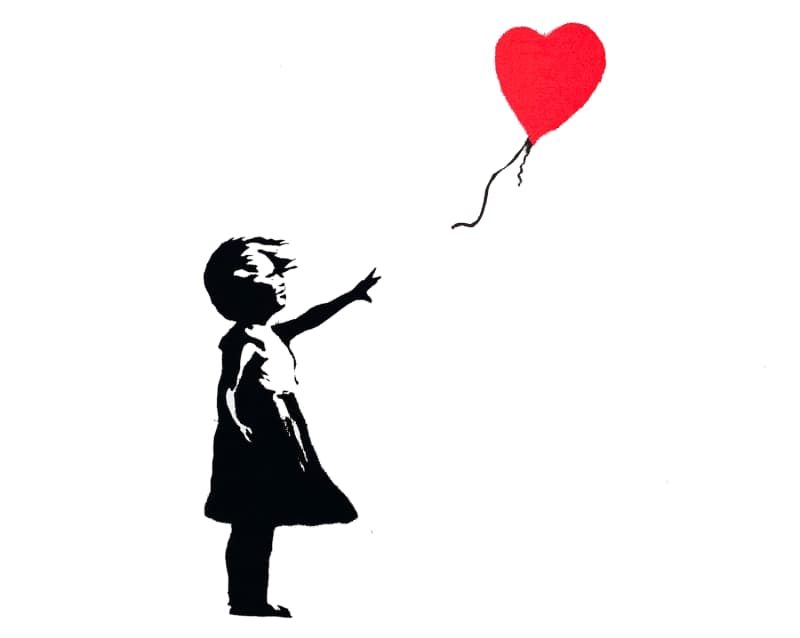In a world once again gripped by violence and uncertainty, the call to make art not war resounds with new urgency. From the Middle East to Eastern Europe, images of violence and devastation dominate our newsfeeds. But amidst the destruction, artists continue to create, protest and reflect.
Throughout history, visual art has served as a form of witness and reflection. From 19th century masterpieces to today’s street murals, anti war artwork has given shape to unspeakable grief and brought forth symbols of defiance in the face of power. Whether graffiti sprayed in haste or silkscreens crafted in contemplation, protest art offers not just critique, but an emotional outlet and a call to awareness.
This article highlights seven powerful anti war artworks that reclaim truth and humanity in times of conflict. Created across different decades, movements and mediums, these works stand out as creative responses to war, oppression and political unrest, reminding us of the enduring role of art as resistance, solidarity and hope.
8 Anti-War Artworks That Invoke the Power of Resistance in Art
1. CND Soldiers by Banksy (2005)
Banksy, CND Soliders (Unsigned), 2005, Edition of 350
If one artist embodies the call to make art not war, Banksy is it. Throughout his career, he has wielded art as a weapon, using anti war graffiti and situational satire to protest militarism, challenge authority and expose political hypocrisy.
A pivotal piece of Banksy anti war art is CND Soldiers, which first appeared as a mural outside the Houses of Parliament during a 2003 protest against the Iraq war. Rendered in Banksy’s iconic black-and-white stencil style, the work depicts two soldiers—one standing guard with a rifle, the other crouched down painting a red peace sign on a wall behind them. The vivid colour, resembling fresh paint or spilt blood, references the CND (Campaign for Nuclear Disarmament) symbol, a universally recognised emblem of peace.
This stark juxtaposition between military force and anti-war messaging forces the viewer to question the contradictions of peacekeeping through violence. Are the soldiers dissenters, vandals or symbols of a broken system? The peace sign art mural was swiftly removed by authorities, a move that only reinforced its message and cemented its reputation as a defining work of 21st-century protest art.
Released as a limited-edition screenprint in 2005, CND Soldiers has since become one of Banksy’s most celebrated anti war artworks. It continues to speak to the power of subversive street art in politicised spaces, offering protest, irony and poignancy in a single, unforgettable image.
2. ‘Camouflage’ series by Andy Warhol (1986-7)
Andy Warhol’s ‘Camouflage’ series, created in the final year of his life, turns a military motif into a striking meditation on visibility, identity and power. Inspired by his assistant Jay Shriver’s use of military netting as a painting tool, Warhol adopted the camouflage pattern, traditionally used for concealment in warfare, and reimagined it in electric-hued colourways through his signature silkscreen process.
The series critiques not only the aesthetics of militarism but also the cultural obsession with appearance and disguise, a recurring theme throughout Warhol’s career. Vibrant pinks and acid greens and oranges replace military-issue khakis, transforming the utilitarian print into a flamboyant surface devoid of stealth. The result is visually arresting: a pattern designed to hide, refusing to be ignored.
Beyond its surface appeal, the series carries deeper meaning. Warhol incorporated camouflage into some of his final self-portraits, suggesting an introspective turn, with the artist masked in plain sight. Unlike Banksy’s more overt stop war art, ‘Camouflage’ reconfigures the visual language of combat by exploring its codes and symbols. Critically acclaimed and widely collected, the series remains one of Warhol’s most subversive late works—a vivid example of how resistance in art can be both conceptual and compelling.
3. Crak! by Roy Lichtenstein (1964)
Roy Lichtenstein, Crak!, 1964, Edition of 300
Roy Lichtenstein’s lithograph Crak! is a quintessential piece of Pop Art that combines war imagery with the aesthetics of comic books, challenging how conflict is consumed and romanticised through mass media. Originally created as a promotional lithograph for his 1963 exhibition at Leo Castelli Gallery, the piece adapts imagery from Star Spangled War Stories, a DC comic featuring the fictional WWII heroine, Mademoiselle Marie.
Lichtenstein isolates the female figure mid-action, rifle raised and her face half-concealed, in this rare example of art with guns that interrogates rather than glorifies violence. Rendered in Lichtenstein’s signature Ben-Day dots and primary colours, the work simultaneously glamorises and parodies its source material. As art against war, Crak! offers no immediate condemnation. Instead, its impact lies in its ambiguity, celebrating the aesthetic drama of combat while critiquing its stylised, sanitised portrayal in American culture.
Over time, Crak! has become a key example of how protest art can straddle homage, parody and critique, drawing attention to how warfare is packaged, sold and mythologised in the collective imagination.
4. Be Kind to Everyone by David Shrigley (2021)
David Shrigley, Be Kind To Everyone, 2021, Edition of 125
With its cheerful colours and naïve style, David Shrigley’s editioned screenprint Be Kind to Everyone might not resemble traditional anti-war paintings, yet its message is no less potent. Against a white backdrop, a smiling green watering can tends to a single red flower. Above it, the work’s title appears in bold, blocky lettering: Be Kind to Everyone.
At first glance, this artwork about peace feels playful. But behind the childlike tone is a deeper call to compassion, one that resonates all the more during times of violence and political division. In a world where hostility too often dominates headlines, Shrigley’s work champions compassion as a form of resistance. It offers a meditation on how peace doesn’t begin with grand gestures, but with small, human choices.
Known for his deadpan wit and penchant for absurdity, Shrigley has long used humour as a way to confront complex emotions. Here, he offers a piece of contemporary protest art that rejects aggression in favour of kindness, a radical act in its own right.
5. Einstein by Mr Brainwash (c. 2010s)
In Einstein, Mr Brainwash reimagines one of history’s greatest minds as a symbol of compassion. Dressed in his familiar cardigan and tousled hair, the physicist holds a handwritten sign declaring: Love is the Answer. Around him, the background bursts with vibrant graffiti, pop culture references and colourful chaos in this urban collage that fuses influences from Andy Warhol, Keith Haring and the world of street art.
At the centre of this visual noise stands a single, unwavering message. By placing a figure of logic and science at the centre of an impassioned plea, the work suggests that intellect alone cannot solve humanity’s greatest challenges. Instead, love, a concept often dismissed as sentimental, is offered as the most rational, necessary solution.
As a form of art against violence, Einstein doesn’t depict warfare directly. Instead, it offers a counterpoint: joy, unity and compassion as alternatives to aggression and division. In the language of street art and slogans, this piece speaks directly to the heart, reinforcing that some truths, however idealistic, are worth repeating.
6. Dog Pound by Ross Muir (2023)
Ross Muir’s Dog Pound combines the graphic clarity of Pop Art with a biting critique of the commodification of national identity and the economic engines behind warfare. With its bright colours and cartoon-like dog, the painting riffs on the visual language of Roy Lichtenstein, most notably through Muir’s reimagining of the American flag through mechanised blue dots and slanted red lines.
Beyond the stylised flag lies a serious message. Surrounding it are outlines of U.S. dollar bills, a deliberate visual cue that links patriotism to profit. At the heart of the piece, the command “FEED ME” draws attention to the appetite of war economies, an indictment of how global aggression is fuelled by financial interest.
Critics have noted the work’s immediacy and psychological intensity, describing it as one of Muir’s most politically direct statements to date. Both confrontational and considered, it is as a powerful addition to the canon of anti war paintings, reclaiming the language of pop culture to deliver a searing modern-day protest.
7. Heliotherapy Love by Robert Indiana (1995)
Robert Indiana, Heliotherapy Love, 1995, Edition of 300
In Heliotherapy Love, Robert Indiana revisits his seminal motif—the word “LOVE”, stacked in tilted typography—and bathes it in a renewed sense of warmth and healing. Swapping the original’s muted colours for radiant shades of red, yellow, green and blue, the work invokes sunlight and optimism, a deliberate nod to its title, which is the therapeutic use of sunlight to restore wellbeing.
Created late in Indiana’s life, this piece reflects a moment of introspection and moral resolve. While his original 1960s LOVE works were born out of a turbulent era marked by war, protest and counterculture, Heliotherapy Love points towards healing and a belief in the power of compassion in a fractured world, turning language into a universal healer.
Critics and collectors have embraced Heliotherapy Love as an evolution of a modern icon, one that transforms a familiar image into a painting for peace, infused with warmth and hope. In a time of fragmentation and fear, Indiana’s work offers a luminous counterpoint: a vision of renewal, restorative and radiant
8. Love Saves the Day by Harland Miller (2014)
Harland Miller, Love Saves The Day, 2014, Edition of 100
Harland Miller’s screenprint Love Saves the Day draws from the visual language of vintage Penguin book covers, a hallmark of his acclaimed series that merges literature, nostalgia and cultural critique. With expressive brushstrokes, torn edges and smudged textures, the work evokes the intimacy of a well-worn book—something read and returned to in times of uncertainty.
The phrase “Love Saves the Day” dominates the composition, rendered in Miller’s signature typography. What first appears as a casual platitude quickly deepens into something more sincere: a work of art for peace, and a message of resilience amid chaos. As with much of Miller’s work, irony and earnestness coexist. The faded palette and imperfect textures suggest timeworn truths, while the title’s simplicity invites the viewer to suspend cynicism and consider love, genuinely, as a force of salvation.
Widely admired for its satirical edge and reflective power, Love Saves the Day resonates across audiences. Part homage, part provocation and part balm, it is a quietly radical piece of anti war artwork that insists, even through the fog of disillusionment, that compassion still matters.
A History of Anti-War Art and Protest Art Across the Ages
The urge to speak out against violence is as old as war itself. Across cultures and centuries, artists against war have borne witness to the horrors of conflict and used their work to protest, mourn and demand change. From Renaissance frescoes to street art sprayed under the cover of darkness, protest art has taken many forms, but its message remains remarkably consistent: to make visible the pain that power tries to hide.
From Goya to Guernica: A Legacy of Protest
Some of the earliest and most influential examples of famous anti war art come from Spanish painter Francisco Goya. The Third of May, 1808—a stark portrayal of execution and martyrdom—revolutionised how artists portray political violence. Just as iconic is Goya’s harrowing print series, ‘The Disasters of War’ (1810–1820), born out of the Peninsular War. Unflinching in its depictions of mutilation, famine and civilian suffering, the series set a precedent for generations of conflict artists who use realism to confront the horrors of war.
Later in the 19th century, Russian painter Vasily Vereshchagin carried that legacy forward with The Apotheosis of War (1871), a haunting image of a pyramid of skulls dedicated “to all great conquerors, past, present and to come”. In the 20th century, artists like Otto Dix built on that tradition with works like The Trench (1923), offering brutally honest portrayals of the devastation wrought by modern warfare. This legacy of confronting conflict evolved further in the hands of Salvador Dalí, with The Face of War (1940) channeling the psychological terror of global conflict.
Just a few years earlier, the Pablo Picasso anti war painting Guernica (1937) delivered a definitive visual indictment of war’s inhumanity. Prompted by the Nazi bombing of a Basque town, the colossal black-and-white canvas was unveiled at the 1937 World’s Fair in Paris. With its twisted figures, howling horses and fractured forms, Guernica remains one of the most famous anti war paintings in history—a monumental symbol of grief, rage and resistance.
Vietnam War Protest Art and the Rise of the Poster
Banksy, Napalm (Unsigned), 2004
The Vietnam War catalysed a new wave of anti war artwork, especially in the United States and Europe. While photographers like Don McCullin and Larry Burrows captured harrowing frontline imagery, it was the artists working in printmaking and conceptual art who mobilised opposition. From bold Vietnam War protest art posters declaring “War is not healthy for children and other living things”, created in 1967 by Another Mother for Peace, to Yoko Ono’s performance interventions and the radical actions of the Guerrilla Art Action Group, protest art entered the mainstream discourse in urgent and accessible forms.
A landmark example of famous Vietnam war art was Claes Oldenburg’s Lipstick (Ascending) on Caterpillar Tracks (1969), a monumental sculpture first installed on the campus of Yale University. Combining a massive red lipstick with the base of a military tank, the work became a provocative symbol of protest against the war.
Wartime Artists and their Role of Witness
Many of the most famous war artists, from Paul Nash and Otto Dix to Käthe Kollwitz and Peter Howson, were official or self-appointed recorders of war. Their work often blended realism with psychological intensity, depicting not just the battlefield but the emotional wreckage it leaves behind. As governments commissioned wartime artists to document conflict, many subverted the brief, capturing instead the human cost in their haunting portraits of wounded soldiers, grieving mothers and bombed-out cities.
From South African Resistance to Banksy’s Global Voice
In apartheid-era South Africa, resistance art became a powerful tool against racial oppression and state violence. Anti war artists and political creatives alike used their work to expose injustice, mourn loss and galvanise public sentiment.
Artists like Willie Bester and Sue Williamson used mixed media, sculpture and photography to confront the brutality of the regime. Their work, often created under censorship and threat, made visible what official narratives tried to erase. Today, resistance art in South Africa continues to explore themes of structural violence, inequality and remembrance, a tradition that evolves with each new generation of artists confronting injustice.
In recent decades, Banksy has become the most prominent practitioner of anti war graffiti, using anonymity as a shield and urban walls as his canvas. His works have appeared in some of the world’s most politically fraught zones, from the West Bank to the ruins of war-torn Ukraine. In Palestine, his pieces stencilled on the separation barrier, including Flower Thrower and Armoured Dove, have become icons of Palestine protest art and global symbols of dissent and hope.
More recently, in 2022, Banksy created a series of anti war art in Ukraine. It included a mural of a young judo player flipping an adult man resembling Vladimir Putin, widely interpreted as a visual metaphor for resistance against Russian aggression. These works, poignant and politically loaded, are proof that contemporary protest art can cut through propaganda with humour and immediacy.
Conclusion: Why ‘Make Art Not War’ and Contemporary Protest Art Resonates Now More Than Ever
Bansky, Happy Choppers (Signed), 2003
Art does not stop bombs, negotiate ceasefires or write peace treaties. But it can stir something that policy cannot: empathy, reflection and the will to act. In moments like these, make art not war moves beyond rhetoric, becoming both a creative act and a moral imperative.
The artworks explored in this article span generations and geographies, yet all speak to a shared truth: that visual expression can challenge power, console grief and offer a place for reflection amid the turmoil. Often emerging during moments of upheaval, they are rare, emotionally loaded reflections of the times in which they were created.
Whether overt or abstract, monumental or intimate, anti war artworks frequently evolve into defining moments in art history. Guernica. Camouflage. CND Soldiers. Each one lingers in the imagination, echoing through time and challenging us to feel, to question and to carry their message forward. It’s that emotional and historical weight that makes them so collectible.
View anti war artwork at Maddox Gallery or speak to a Maddox advisor about acquiring art that reflects your values and honours the call to make art not war.
Insight: What Is Anti War Artwork?
Anti war artwork refers to visual art that critiques or opposes war, militarism and violence, promotes peace and reflects on the human cost of conflict. It spans a wide range of mediums, from painting and street art to sculpture, photography, performance and digital media. Artists may portray war directly or use metaphor, symbolism, abstraction or satire to convey their message, often spurred by specific political events or global crises.
Famous examples of anti war artwork include Guernica by Pablo Picasso and The Disasters of War by Francisco Goya, both powerful reactions to violence in their time. In the modern era, works like Andy Warhol’s ‘Camouflage’ series and Banksy’s CND Soldiers continue the tradition. As anti war art continues to evolve, its goal remains the same: to bear witness, inspire change and speak where words are not enough.
Insight: What are the Most Famous Anti War Artworks?
Some of the most powerful artworks in history have emerged from the trauma of war. Goya’s The Third of May, 1808 set a precedent for emotional protest in painting, followed by Vereshchagin’s The Apotheosis of War (1871) — a chilling pyramid of skulls dedicated “to all great conquerors, past, present and to come”.
In the 20th century, Picasso’s Guernica (1937), a Cubist masterpiece sparked by the bombing of civilians during the Spanish Civil War, captured the raw violence of conflict. Dalí’s The Face of War (1940) conveyed its psychological toll, while Otto Dix’s The Trench (1923) exposed the grotesque aftermath of mechanised warfare. Each remains a defining reminder of art’s power to remember and provoke.
During the late 1960s and early 1970s, at the height of the Vietnam War, artists turned to conceptual art as a method of protesting. Claes Oldenburg’s Lipstick (Ascending) on Caterpillar Tracks, installed at Yale University in 1969, transformed a campus monument into an ironic symbol of protest, merging femininity and war machinery in a powerful critique of US militarism.
In more recent decades, Banksy has emerged as arguably the most vocal and visible contemporary anti war artist, using street art as a platform for protest. From CND Soldiers to the recent Banksy Ukraine murals addressing the war, his work has brought the tradition of art against war into the public sphere.
